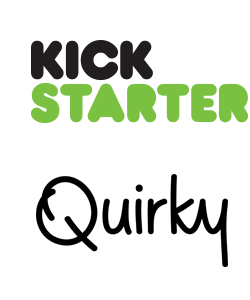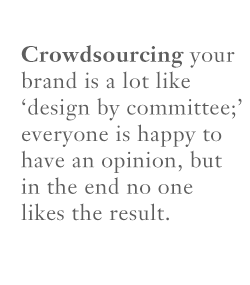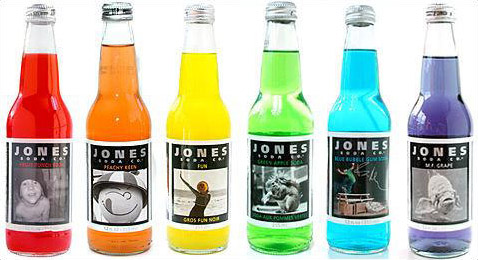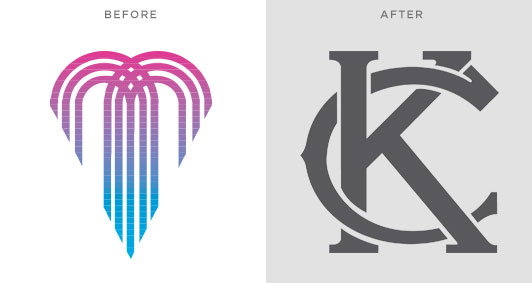It seems that everyone is “crowdsourcing” these days. Online polling, fundraising, and even news reporting are being achieved through the use of social media and the web. Anybody can post their thoughts, opinions, and ideas about anything and everything. The newest frontier in crowdsourcing is branding, by allowing anyone to use your brand in whatever way they see fit—but is this really a good idea?

But is it possible for more mainstream brands, including those with a rich history, to crowd-source? Kansas City, Missouri recently unveiled a new logo that “anyone or business, with good intent, has permission to use … [because it] does not just belong to the government, it belongs to all of KC.” (Source: Kansas City Business Journal).
This approach to the city’s branding is going to be challenging, as there is no way, and no one, to ensure that the application of the new “KC” will be consistent. And, according to city officials, the new brand won’t replace the old ‘Fountain’ logo, but will be used instead on city publications, news releases, and a city government channel. Without consistency and proper management, or even guidelines for its use, the new KC logo could be distorted, altered, and used to promote disreputable enterprises and endeavors. It may even be more confusing for people since there are now two logos and brands to represent the city.
Ironically, the old Kansas City, Mo. ‘fountain’ logo was originally conceived through a design contest (the “original” form of crowd-sourcing). Patrice Jobe of EAT Advertising & Design convinced city officials to close the contest and then developed the consistent, memorable mark that has persisted for over 20 years.

A brand is often the personality of a company or product’s founders, employees, or customers. Audience considerations, business objectives, and shareholder value all must be taken into account when developing a brand. Crowdsourcing often dilutes the perception of the brand—if everyone has the ability to communicate their own version of the company, product, or organization brand, then its story will lose meaning and relevance. In this case, the result is that nobody can tell what the company stands for. This is much like design by committee—in the end, everyone is happy to have their say, but no one likes the results!
By: Ryan Hembree, Principal | Brand & Creative Strategy



